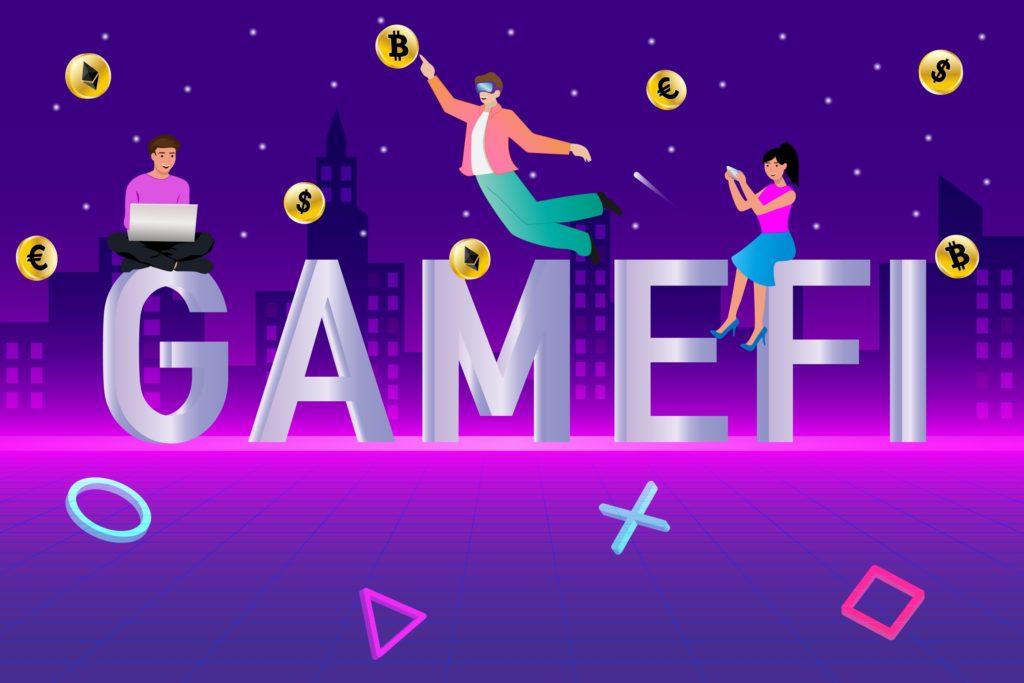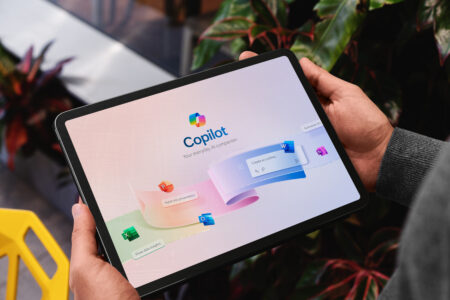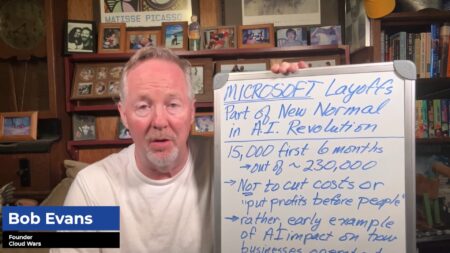EA’s FIFA soccer video game series was always a sore thumb when I was younger. I would love to play the game, collect players, and build a great team. However, every year, Electronic Arts (EA) would release a new edition and all my progress would become nearly worthless. All of the other gamers would migrate to the newest version, and the marketplace and match lineups of the older versions would be vacated, making the game unplayable. EA, the company behind the game, had complete control over in-game assets and could prioritize selling new titles over letting users continue to make progress. This issue is one tackled by a new movement called GameFi.
The GameFi Movement
GameFi, or financialized gaming, incorporates blockchain-based assets, like NFTs and cryptocurrencies, into video games. At the core of GameFi is having complete ownership over the assets you earn in-game, whether that’s virtual real estate, skins, weapons, or in-game currencies, all powered by blockchain, which the game company can’t dictate.
Ownership on an external database like blockchain also means transferability: Users can earn assets in-game, and sell or trade them off-platform. This means GameFi games don’t maintain a tight closed-loop economy and players can earn real money based on their activities. This is the play-to-earn model, or P2E, which is common in many GameFi applications.
The Development of GameFi Apps
Axie Infinity is the first notable example of GameFi. Created in 2018, the game is based on the Ethereum network where the in-game pets, called Axies, were represented by NFTs. Players can perform daily quests and battle Axies to earn a crypto token called AXS, which can be traded for real money on external platforms, like Coinbase. Users can also trade Axies or even lend them out to earn passive income.
Since the release of Axie Infinity, many other GameFi apps have emerged, most of which are based on the Binance or Solana blockchains, which have a cheaper gas price and higher transactions-per-second (TPS) than Ethereum. According to Binance, as of March 2022, there are more than 1,400 blockchain games listed in DappRadar across a variety of chains.
Issues with GameFi
However, GameFi has faced major setbacks, too. Axie Infinity saw its user base dwindle to only 750,000 active players, a large drop from the 2.7 million peak in 2021 after it faced a massive $600 million hack. Many users have also put into question the in-game power dynamics and economics that Sky Mavis, the studio behind Axie, put into place. This highlights some issues with GameFi.
First, there is the need to balance gamers and profiteers, buyers and sellers, in a process of designing economics that is far removed from traditional game creation. A report from ChainPlay mentioned that “58% of investors worldwide stated that ‘Poor In-game Economy Design’ is the number one reason for declining GameFi profits in the last six months.”
Second, many users have complained of the studio’s prioritization of profit over fun, which is the outcome games are supposed to have.
Finally, in-game assets can only be turned into real money if they’re valuable elsewhere. This is a reminder that inclusion on external markets and chains means volatility. Even if the game is well-designed, other externalities might extinguish your returns, making GameFi a poor candidate for generating a stable income to earn a living with.
One solution to these problems is considering alternative models, such as play-to-own, or P2O. Instead of profiting directly from the game, users can prove sovereign ownership of assets through the blockchain, trade with others, and be sure that their progress is transferable to other ecosystems. This model includes many of the benefits of P2E but without the hyper-financialization which ruins many GameFi projects today.
Balancing Fun and Finance
As NFTs and crypto continue to proliferate, more gaming companies with better reputations and more funding will consider adding an element of GameFi to their offerings. Generally, this is a good thing – users would benefit from a more open digital economy with more permeable borders. However, studios have to maintain a fine balance between fun and finance, carefully designing their in-game economy.
Some studios have taken sides in the debate between fun and finance, afraid of tainting their game with the negative connotations of these new technologies. For example, Mojang banned NFTs from Minecraft after P2E servers like Critterz grew in popularity. After the ban, many users, including young people and those in developing countries with fewer employment opportunities, lost thousands of dollars in assets and saw their only income stream vanish.
This is a painful reminder that the applications surrounding digital assets, no matter how decentralized they may be, are still controlled by companies. Without the proper legal framework, NFTs and cryptocurrencies are just fancy versions of closely controlled in-game assets.
Final Thoughts
There will always be games without financial aspects. The principles of what makes a good game aren’t changing. But GameFi isn’t going away, either. Axie Infinity, Critterz, Decentraland, and others are extremely early examples. In time, studios will produce better experiences that manage to balance fun and profit more effectively.
As consumer adoption of AR and VR ramps up, we’ll likely see GameFi-esque applications arise in the Metaverse. Digital assets will become the new underpinning for a virtual world and new sources of income will arise from unexpected places. What might seem like a game today may become a job tomorrow!
Want to compete in the Metaverse? Subscribe to the My Metaverse Minute Channel:










